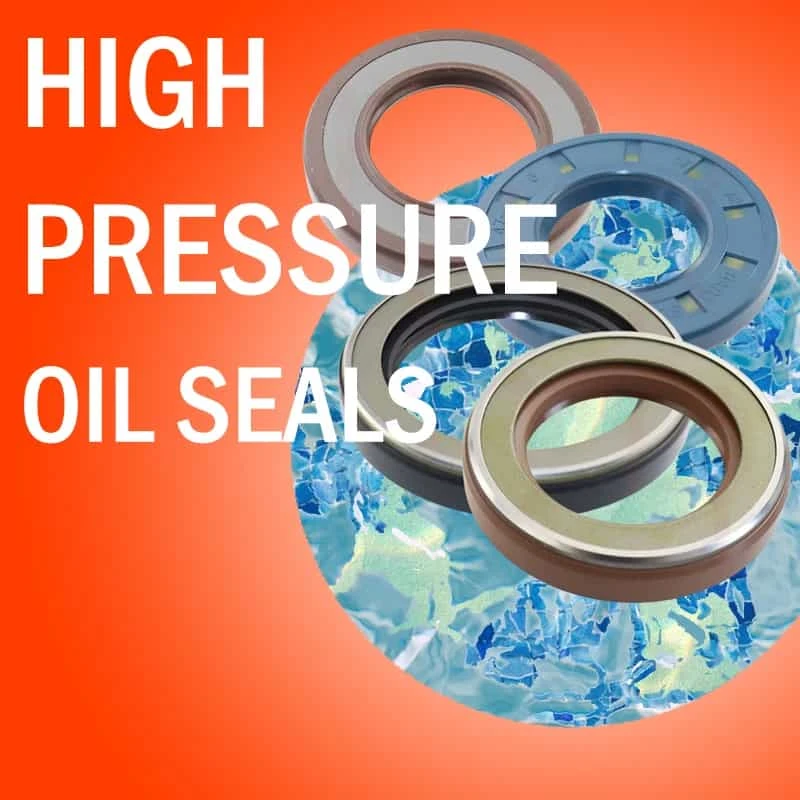نويابىر . 06, 2024 00:20 Back to list
radial oil seal
Understanding Radial Oil Seals
Radial oil seals play a crucial role in various mechanical applications, serving as barriers that prevent lubricant leakage while protecting against external contaminants. These seals are essential in numerous industries, including automotive, aerospace, and manufacturing.
A radial oil seal, often referred to as a lip seal, is typically made from elastomeric materials like rubber or polyurethane. Its design includes a flexible lip that fits snugly against the rotating shaft, creating a tight seal. The engineering of these seals is critical, as they need to withstand a range of operational conditions, including varying temperatures, pressure levels, and the presence of chemicals.
The primary function of a radial oil seal is to retain oil or other lubricants within a system
. For example, in an automotive engine, these seals are used to keep oil in the crankshaft and prevent it from leaking out, which could lead to engine failure and increased wear and tear. Additionally, they block dirt, water, or other contaminants from entering sensitive areas, ensuring that the machinery operates smoothly and efficiently.When selecting a radial oil seal, several factors must be considered. The operating temperature range is vital, as different materials can perform better under various thermal conditions. Likewise, the pressure conditions in which the seal will operate are critical; excessive pressure can lead to seal failure if the material is not adequately rated for high-pressure applications.
radial oil seal

Another important aspect is the compatibility of the seal material with the fluids it will contact. For instance, certain oils or chemicals can degrade some types of rubber, leading to premature failure. Therefore, understanding the specific application and environment is key to choosing the right seal.
Radial oil seals also come in various designs, including single-lip and double-lip types. Single-lip seals are generally used in less demanding applications, while double-lip seals provide enhanced performance by offering an additional barrier against leaks and contaminants. Some seals are designed with springs that enhance the sealing force, ensuring a better fit against the shaft.
Proper installation and maintenance of radial oil seals are equally important. Misalignment during installation can lead to uneven wear and premature failure. Regular inspection of the seals can help identify signs of wear and prevent potential failures before they lead to more extensive damage.
In conclusion, radial oil seals are integral components in machinery, offering vital protection against leakage and contamination. By understanding their design, material properties, and correct application, engineers and maintenance personnel can ensure that their machinery operates at peak efficiency and longevity. Investing in quality seals and adhering to best practices in installation and maintenance will pay dividends in reliability and performance, ultimately contributing to a more sustainable and efficient operation.
-
TCN Oil Seal Metal Ring Reinforcement for Heavy Machinery
NewsJul.25,2025
-
Rotary Lip Seal Spring-Loaded Design for High-Speed Applications
NewsJul.25,2025
-
Hydraulic Cylinder Seals Polyurethane Material for High-Impact Jobs
NewsJul.25,2025
-
High Pressure Oil Seal Polyurethane Coating Wear Resistance
NewsJul.25,2025
-
Dust Proof Seal Double Lip Design for Construction Equipment
NewsJul.25,2025
-
Hub Seal Polyurethane Wear Resistance in Agricultural Vehicles
NewsJul.25,2025
-
The Trans-formative Journey of Wheel Hub Oil Seals
NewsJun.06,2025
Products categories
















